Treasure Hunt: Your Essential Guide to Thrift Shopping Hacks for Stylish Sustainability
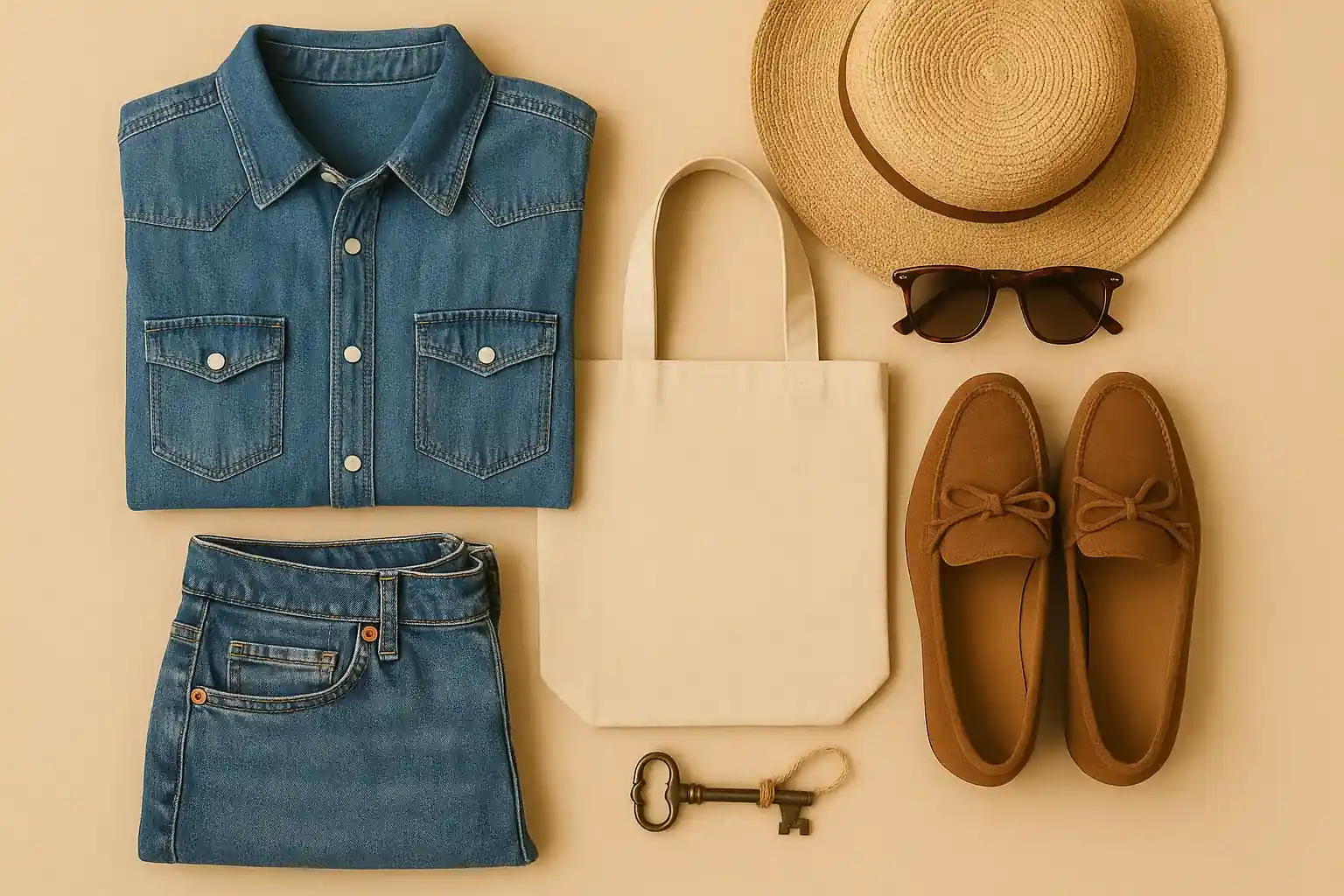
Stepping into a thrift store can feel like entering a world of infinite possibility... or utter chaos. Rows and racks overflowing with pre-loved garments, each whispering tales of past lives. For the fashion-forward and environmentally conscious, it's more than just shopping – it's a treasure hunt, a creative challenge, and a powerful act of sustainability.
In a world dominated by fast fashion's relentless cycle of production and consumption, choosing secondhand is one of the most impactful ways to reduce your environmental footprint. It saves water, energy, and chemicals that would be used to create new clothes, and it keeps textiles out of landfills. But how do you navigate the racks to find stylish gems that genuinely fit your wardrobe and personal style?
That's where the "hacks" come in. Thrift shopping isn't just about luck; it's about strategy, patience, and a little bit of vision. Let's unlock the secrets to building a stylish, sustainable wardrobe one pre-loved piece at a time.
Why Thrift? The Sustainable Style Connection
Before we dive into the how-to, let's quickly recap why thrifting is a superhero of sustainable fashion:
- Reduces Waste: Diverts clothing from landfills.
- Saves Resources: Avoids the massive environmental cost (water, energy, raw materials, chemicals) of manufacturing new garments.
- Lowers Carbon Footprint: Less production, less transportation.
- Unique Style: Find vintage pieces, discontinued items, and truly one-of-a-kind looks.
- Affordable: Get quality items at a fraction of the original price.
Now, let's get tactical.
Hack 1: Preparation is Your Best Friend
Don't walk in blind! A little planning goes a long way.
- Know Your Wardrobe Gaps: Before you go, take stock of what you actually need. Are you looking for a specific type of jacket? More work blouses? Casual tees? Having a list helps you stay focused and avoids buying random items just because they're cheap. (Though spontaneity is also part of the fun!).
- Research Your Stores: Not all thrift stores are created equal. Some are highly curated, some are massive warehouses, some specialize in vintage, others in designer goods. Look up local spots, read reviews, and understand their general vibe and price range. Some might have specific sale days or color tag discounts.
- Go With an Open Mind (and Comfortable Clothes): While having a list is good, be open to unexpected finds. Wear comfortable shoes and clothes that are easy to slip on and off, as trying things on is non-negotiable (see Hack 3!). Layers are great.
Hack 2: Master the In-Store Strategy
Thrift stores can be overwhelming, but a method helps.
- Allocate Enough Time: Rushing through a thrift store is counterproductive. Give yourself at least an hour, preferably more, to browse without feeling pressured.
- Scan Strategically: Don't look at every single hanger initially. Do a quick scan of sections that interest you or might hold items on your list. Look for interesting colors, textures, patterns, or unique shapes that catch your eye.
- Check Sections You Wouldn't Normally: Sometimes gems are misclassified or you might find something unexpected in the men's section (oversized blazers, cool graphic tees) or even home goods (fabric for DIY projects).
- The "Rack Scan" Technique: Use your fingers to quickly flip through hangers, letting the items blur slightly. This often helps you spot unique prints, textures, or colors that stand out from the repetition.
Hack 3: Become a Quality & Fit Detective
This is where the real skill comes in. Don't just grab; inspect!
- Inspect Every Item Thoroughly: Before it goes in your basket, check it under good light. Look for:
- Stains: Especially around collars, cuffs, underarms, and the hem. Some might wash out, but avoid questionable or large stains.
- Holes or Tears: Small holes might be repairable, but extensive damage is a pass unless it's a planned DIY project.
- Seams and Hems: Are they intact? Are there loose threads that could unravel?
- Zippers and Buttons: Do zippers work smoothly? Are all buttons present and securely attached? (Missing buttons can be replaced, but factor that time/cost in).
- ALWAYS Try It On: Sizes on labels, especially vintage ones, are highly unreliable. What matters is how it fits you right now. Check the fit in the shoulders, waist, hips, and length.
- Look Beyond the Size Tag: If you love the look or fabric, try it on even if the size on the label seems wrong. It might fit perfectly due to vanity sizing, shrinkage, or a different historical fit.
- Feel the Fabric: Develop an eye (and touch!) for quality materials like natural fibers (cotton, wool, silk, linen – check labels!) or well-made synthetics. Quality fabric often drapes better and lasts longer. Avoid flimsy, pilling, or clearly worn-out synthetic knits.
Hack 4: Unleash Your Inner Stylist & Visionary
See the potential, not just the present state.
- Envision the Finished Look: How does this piece fit into your existing wardrobe? Can you see yourself wearing it with specific items you own? Does it match your personal style?
- Think Alterations: Can a simple hem change make it perfect? Can a tailor nip in the waist or shorten sleeves? Factor in the cost and effort of alterations when deciding if an item is worth it. A well-fitting, altered thrift find is far more sustainable (and stylish!) than a cheap new item that doesn't fit right.
- Spot Unique Details: Look for interesting buttons, unique collars, vintage zippers, embroidery, or unusual patterns. These are the details that make thrifted pieces stand out.
- Don't Be Afraid of "Dated": Trends cycle! That '80s blazer might be the perfect oversized fit you're looking for. That '70s print dress might be exactly on trend. See past the decade and look at the cut and potential.
Hack 5: The Sustainable Circle (It Doesn't End at Purchase)
Your thrifting journey contributes to sustainability in broader ways.
- Choose Thoughtfully: Even though items are cheap, avoid buying things you don't truly love or need. Impulse buys, even secondhand, still contribute to consumption if they end up unworn.
- Care for Your Finds: Once you bring your treasures home, wash them carefully (check their original care labels or use gentle methods), make any necessary repairs or alterations promptly, and integrate them into your wardrobe. The longer you wear a garment, the lower its per-wear environmental impact.
- Donate Responsibly: When you inevitably clear out your own closet, donate items that are still in good condition to local thrift stores or textile recycling programs. Keep the sustainable cycle going!
Embark on Your Thrift Adventure!
Thrift shopping is more than just saving money; it's about slowing down fashion, embracing individuality, and participating in a circular economy. It requires a little patience, a keen eye, and a willingness to see the hidden potential.
Every thrifted item is a small victory against textile waste and overconsumption. It's a chance to curate a wardrobe that tells a unique story, piece by conscious piece. So, grab your list, put on your comfortable shoes, and head to your local thrift store. The perfect, sustainable, stylish find is waiting for you!
Happy Hunting!
Related Blogs
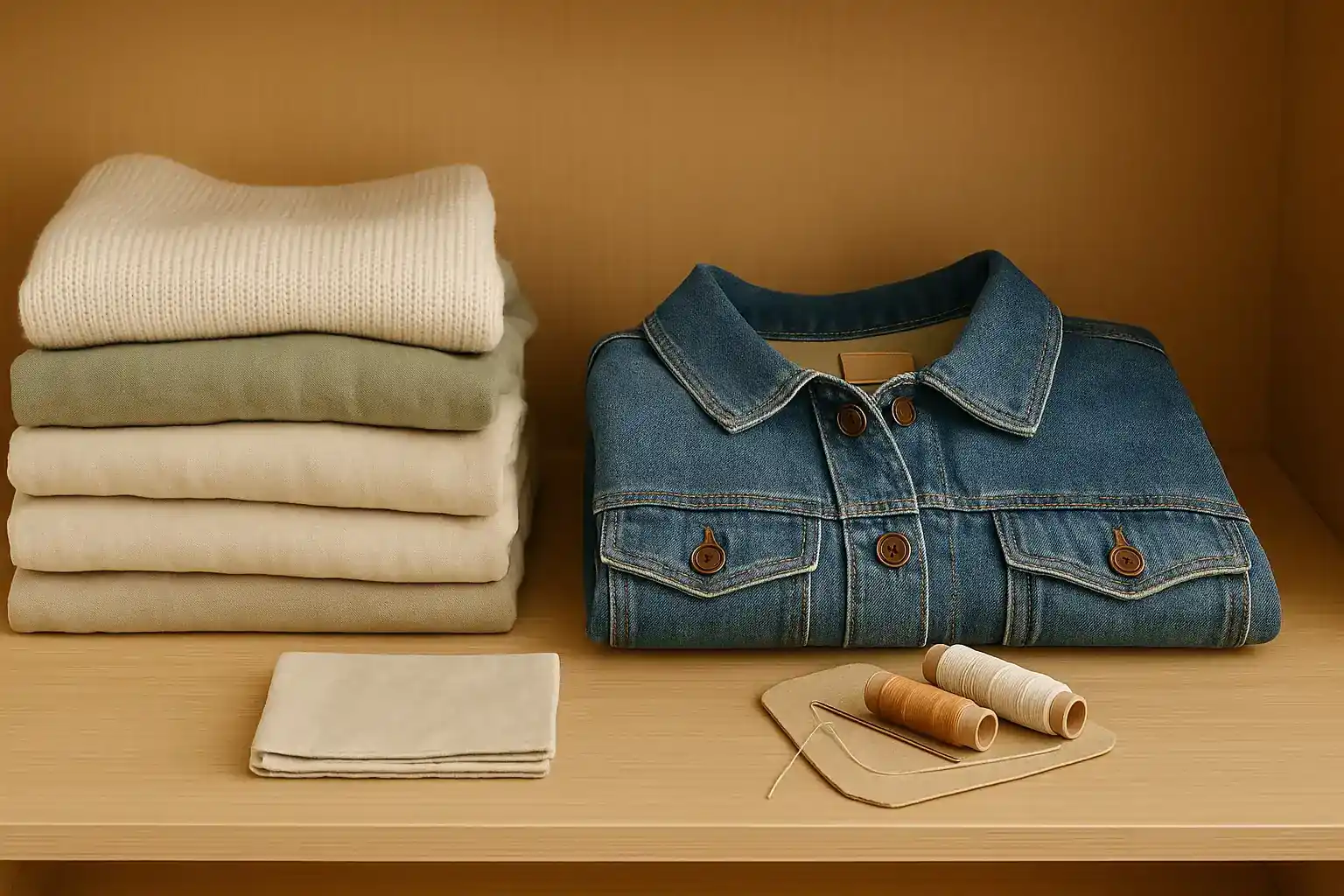
10 Transformative Wardrobe Swaps for a Lighter Environmental Fashion Footprint
Learn how to reduce your fashion footprint with impactful wardrobe swaps.
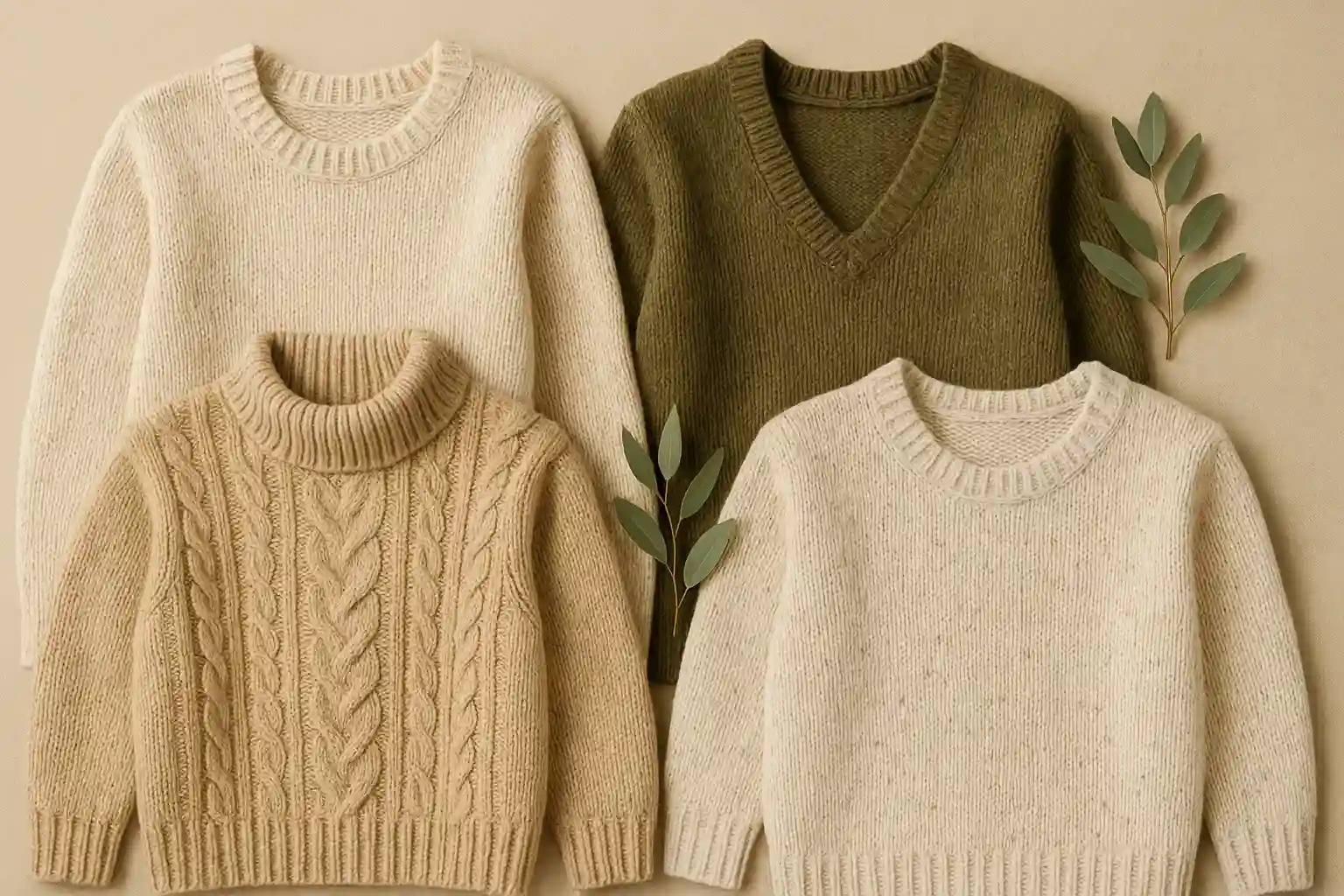
Wrap Yourself in Responsibility: Choosing Sustainable Alternatives to Acrylic Sweaters
Upgrade to durable and breathable wool (certified farms), alpaca, or Tencel-blend knits.
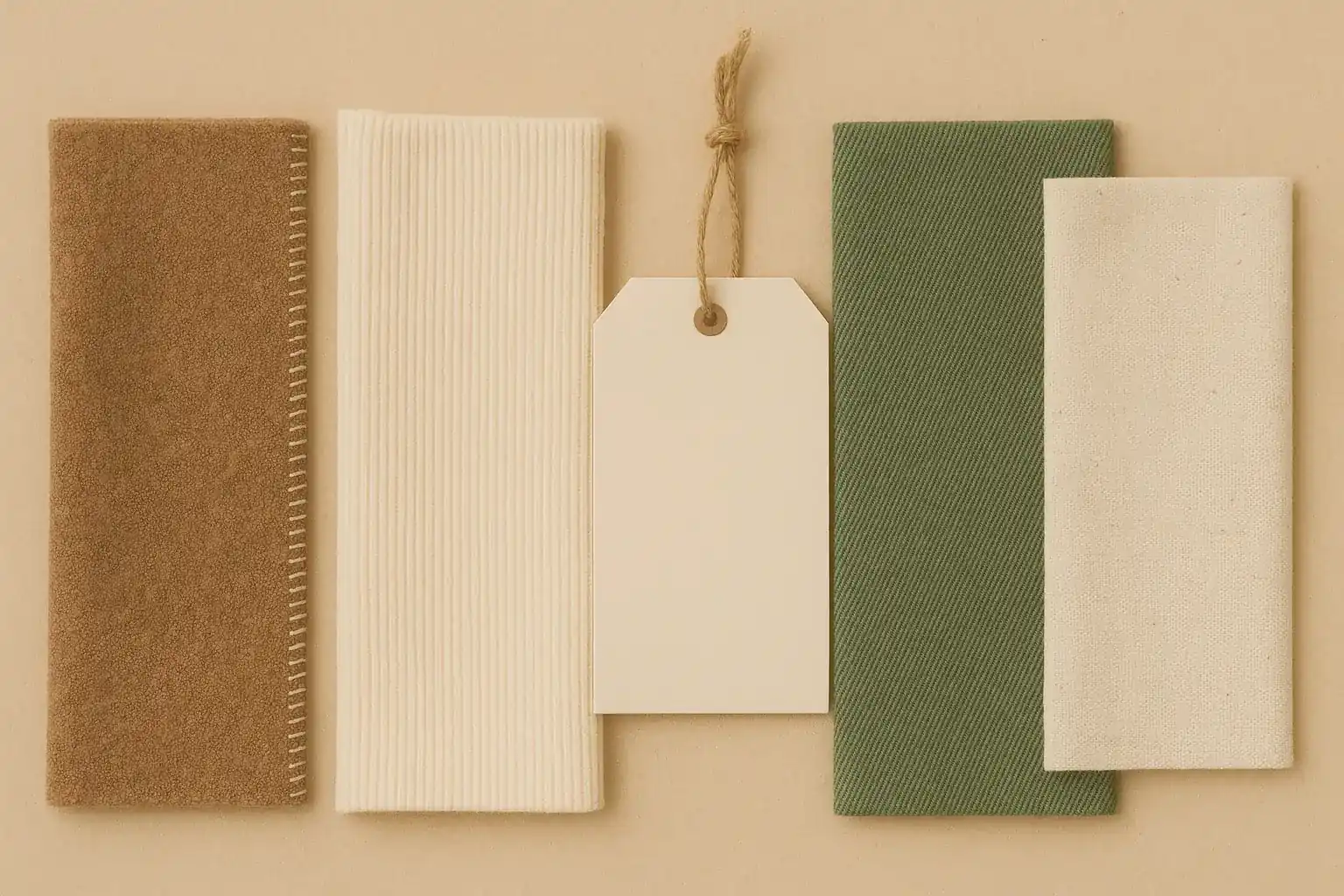
Decoding Fabric Labels: What's Really Sustainable?
Insights on decoding fabric labels in a sustainable way.
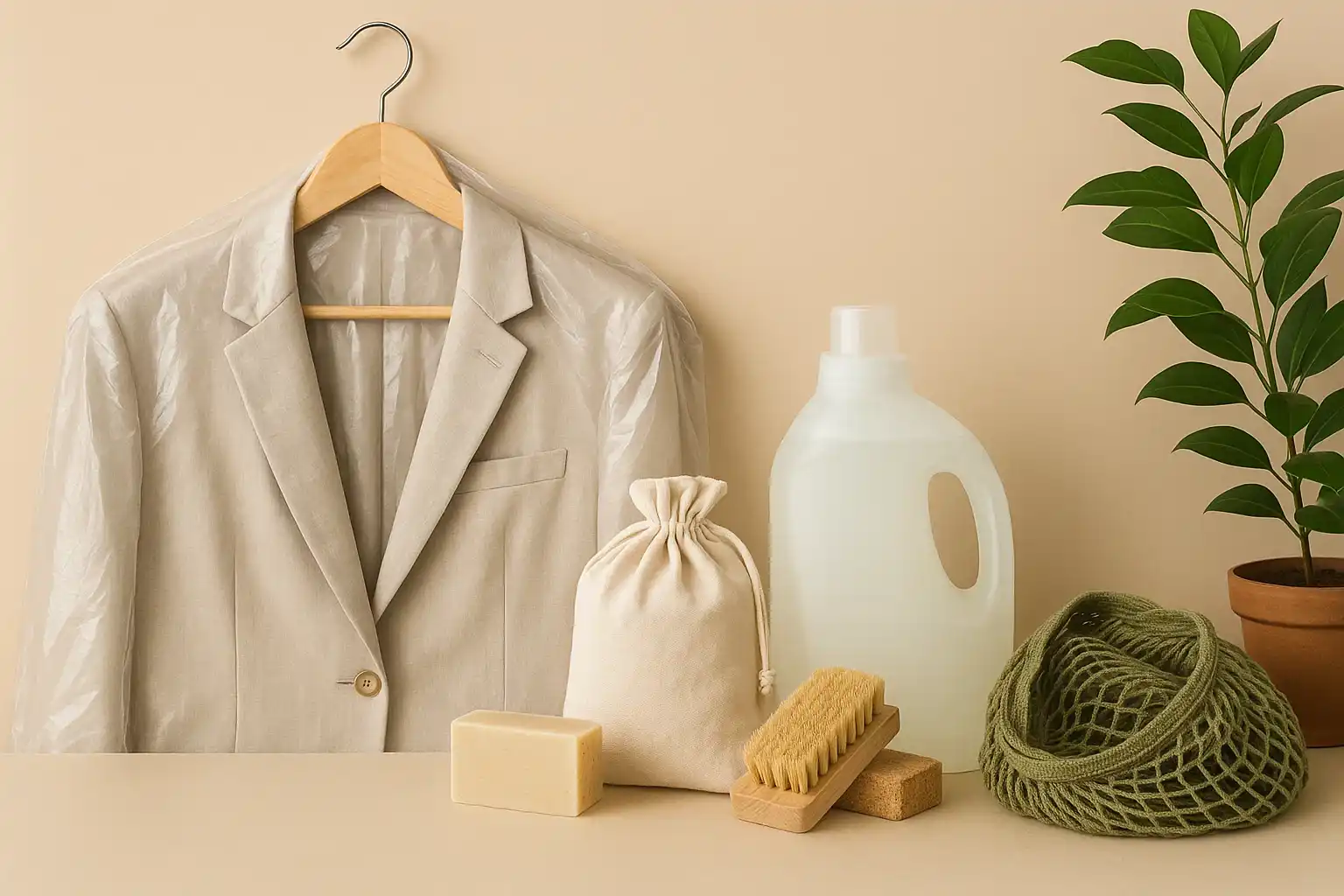
Outsmarting the Dry Cleaner: Choosing Machine Washable Naturals for a Toxin-Free Wardrobe
Avoid toxic PERC solvents by opting for machine washable organic cotton and linen clothing.
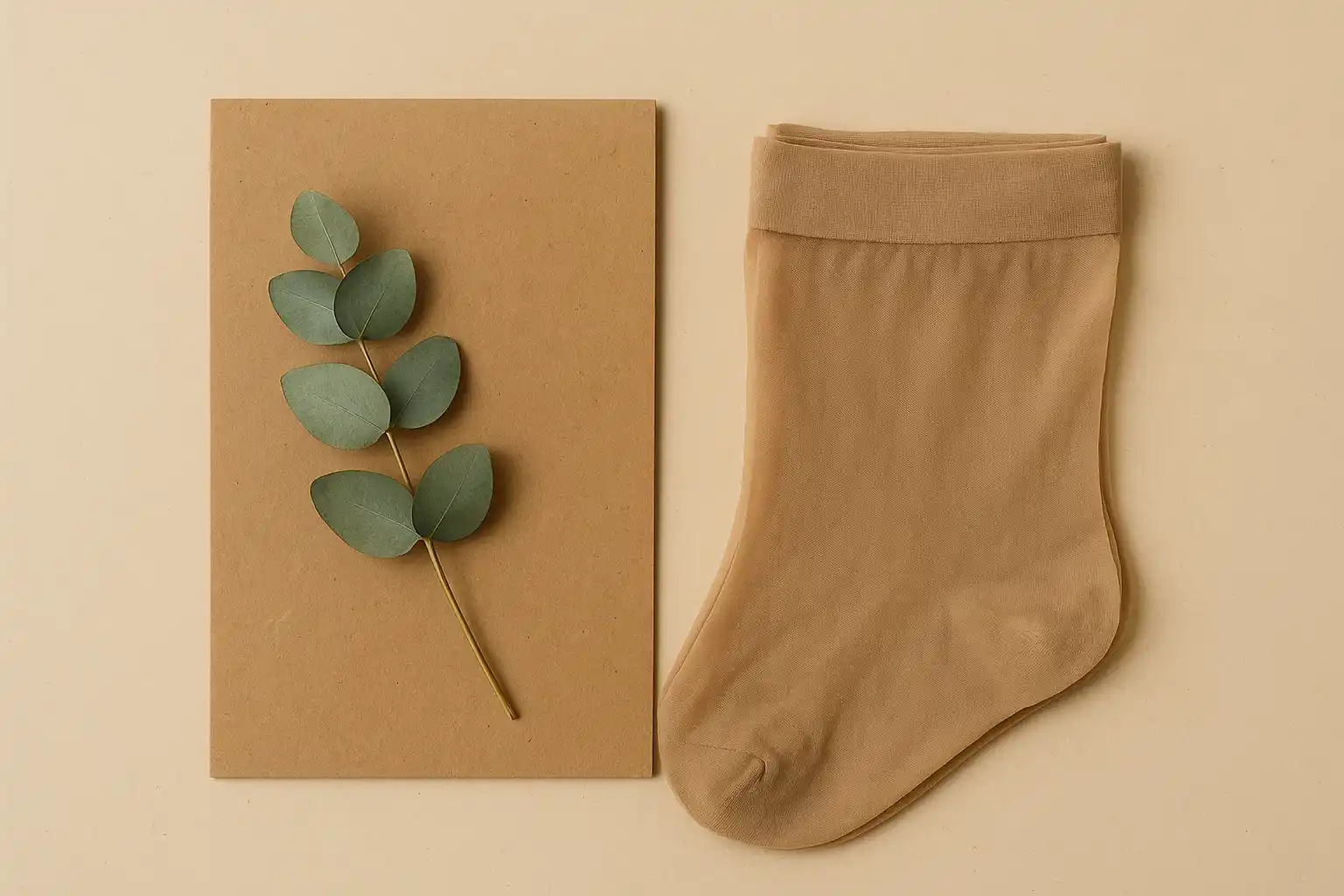
Step Lightly: Choosing Sustainable Alternatives to Nylon Stockings
Opt for recycled nylon, biodegradable, or ladder-resistant hosiery for longer wear and less waste.

Fastening the Future: Choosing Sustainable Alternatives to Plastic Buttons
Opt for biodegradable coconut shell, corozo, or wood buttons for eco-conscious clothing.
Stay in the Loop
Get tips and insights tailored to your interests — no spam, just sustainability.